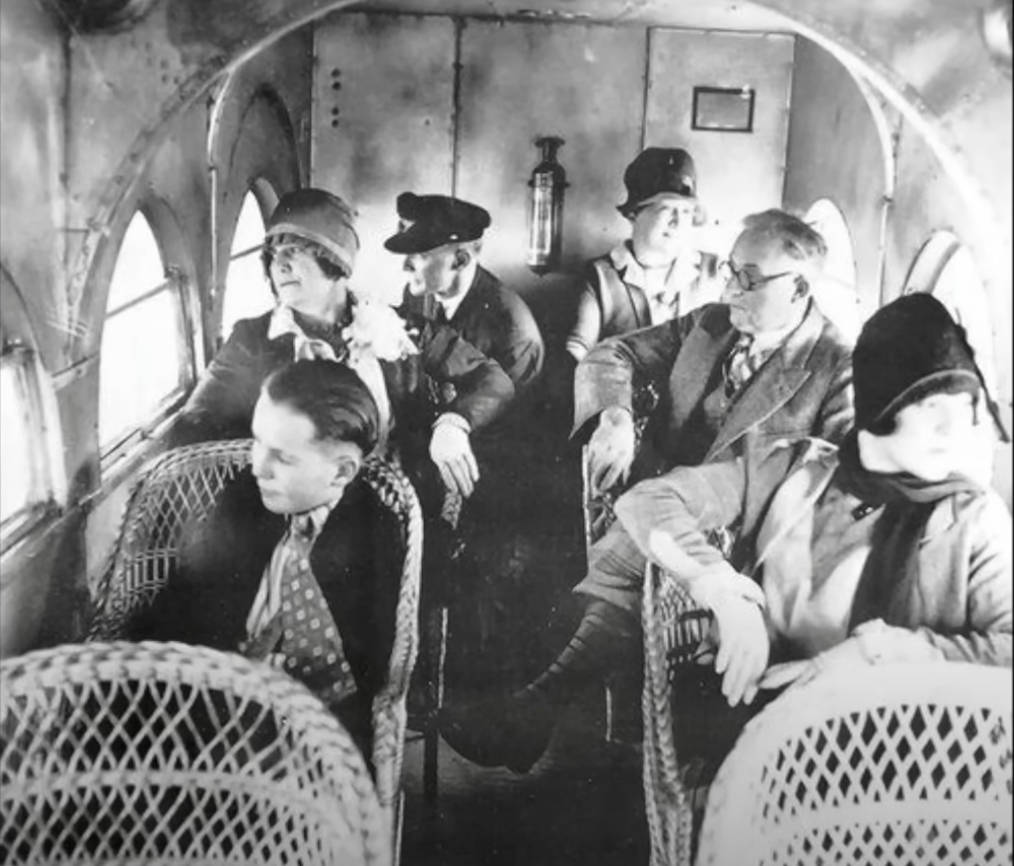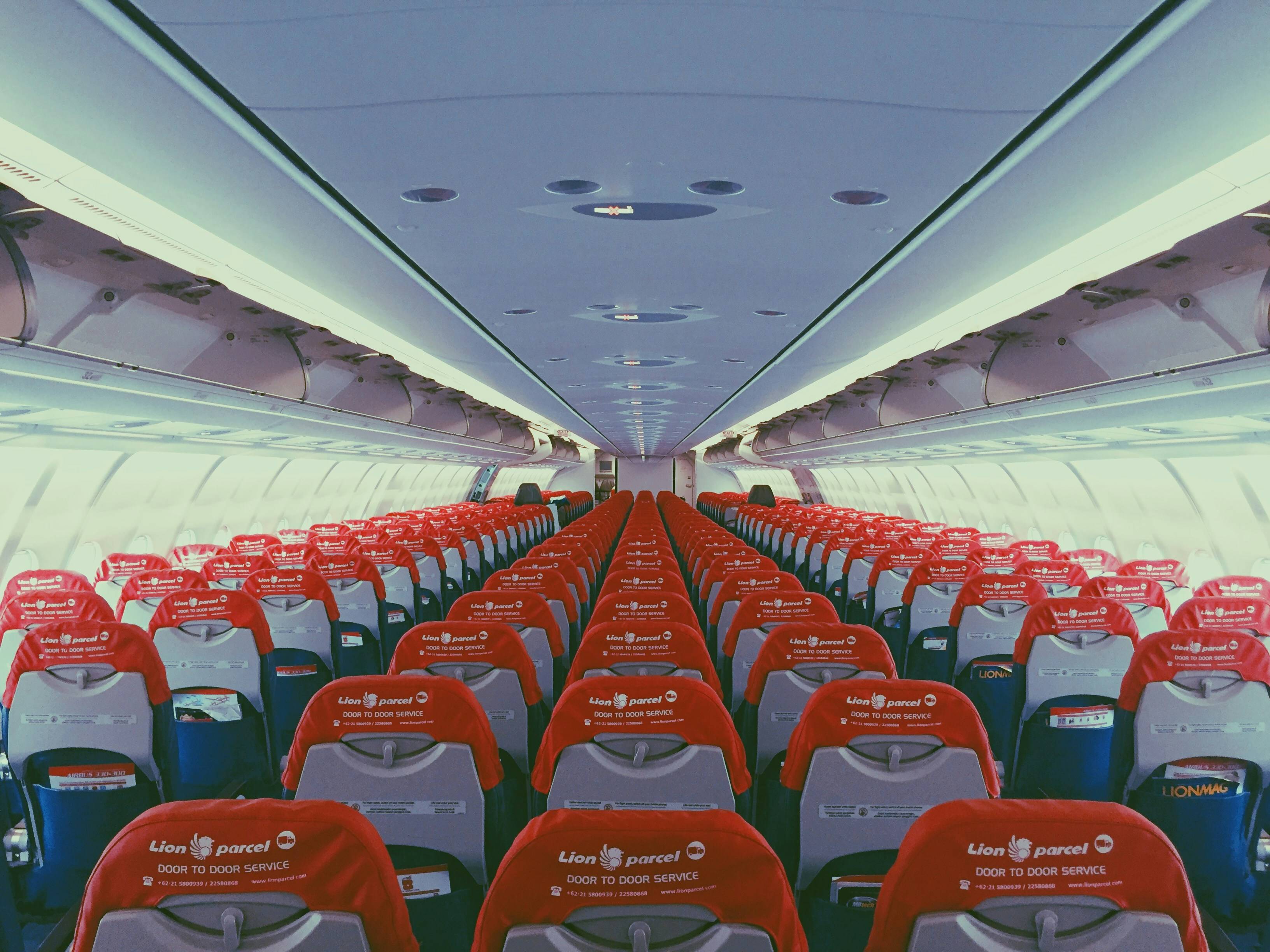The Evolution of Airline Seating
As someone who's spent more hours in the air than I care to count, I've seen firsthand how the airline industry's seating has transformed over the years. From the early days of basic seats to the luxurious options available today, it's been quite a journey. In this section, I'll walk you through the evolution of airline seating and the various classes up to the present day, based on my experiences, observations (and research) as a frequent flyer.
Early Days: Basic Seating
I can still remember my first few flights (my first being in a Boeing 707!) when aircraft cabins were relatively simple, and seating arrangements were basic. Back then, there was little distinction between passengers—everyone sat in the same type of seat, usually arranged in a 2-2 or 3-3 configuration. Legroom was modest at best, and the focus was purely on getting from point A to point B. Comfort wasn't a priority, but that was just the norm.
Introduction of Seating Classes
As air travel gained popularity, it became clear that not all passengers were looking for the same experience. Airlines began to recognize this and introduced different seating classes. Here's how they evolved:
Economy Class
Economy class, often called coach, became the go-to option for budget-conscious travelers (like myself when I first started flying!). It offers the most affordable fares, but as everyone who's flown economy knows, the trade-off is limited legroom and fewer amenities. Over time, though, weve all noticed that airlines started offering options like extra legroom seats for a small fee, which I often find worth it on longer flights.
Business Class
As my travel needs grew, I began to appreciate the comforts of business class (when I was fortinate enough to get upgraded). The wider seats, extra legroom, and the ability to recline (eventually) into a lie-flat position were real game-changers for long-haul flights, mostly eliminating the issues of jetlag. Plus, the enhanced meals and priority boarding made the whole experience much more pleasant. One of my favorite innovations in recent years has been the staggered or reverse herringbone layouts in business class, which offer increased privacy and direct aisle access—a big win for frequent flyers like me.
First Class
I've had the privilege of flying first class only a few times (aside from frequently sitting up front in A230's and 737's, which isnt real first class), and it's an experience like no other. The spacious seats, personal entertainment systems, and the ability to fully lie flat make it feel like a mini-hotel room in the sky. The service is top-notch, and the gourmet dining options are a far cry from the meals served in economy. Some airlines have even introduced suites and private cabins in first class, and while I haven't tried those yet, they're definitely on my bucket list.
VIDEO:Choosing the right seat on a plane can make or break your flying experience, especially if you're new to air travel. In this insightful video, you'll learn which seats to avoid and which ones to aim for to ensure a more comfortable journey. I used to struggle with picking the best seat, often ending up cramped or too close to the lavatory. After watching this guide, I now confidently select seats that offer more legroom and less disturbance. Whether you're looking for tips on avoiding turbulence or just want to know the best place to sit for a peaceful flight, this video has you covered. Check it out and make your next flight a breeze!
Evolving Seating Standards
Airlines have continuously upped their game when it comes to passenger seating. One of the most significant developments I've noticed is the introduction of premium economy class. It offers a middle ground between economy and business class with increased legroom, wider seats, and a few extra amenities. I often opt for premium economy on international flights, as it provides a bit more comfort without the high cost of business class.
Innovative seating configurations have also caught my attention in recent years. I was particularly impressed by the "chaise longue" double-level seat design, which aims to maximize space and comfort. These ongoing changes show just how committed the industry is to improving the passenger experience. Lets see how that goes, as some of th econfigurations Ive seen look like you need a shoehorn to get into your seat ;)
Cabin Configurations
The way airlines configure their cabins has always fascinated me, and there's an entire industry behind it. It’s interesting how the same aircraft type can feel so different depending on the airline - each airline orders their aircraft fleets configured to thier own specifications. Cabin configurations play a huge role in the overall flying experience, and I've seen a lot of variety over the years, including one domestic flight I took in Japan, on a B747 that was all-economy seating and sat over 900 passengers!.
Early Cabin Configurations
In the early days, cabin configurations were all about simplicity and maximizing capacity. My early flights were all in single-class cabins designed to fit as many passengers as possible while still adhering to safety regulations. Comfort was secondary to capacity, but that was the nature of air travel at the time.
Customization and Differentiation
As the airline industry grew, airlines began to customize their cabin layouts to stand out from the competition. I’ve noticed that some airlines really invest in making their interiors unique and comfortable, which can make all the difference on a long flight. Of course low-cost carriers tend to opt for efficieny, and offer pretty spartan accomodations.
Different seating classes emerged, each with its distinct configuration and amenities. Airlines began to arrange seats with careful consideration of factors like legroom, seat width, and seat recline ability (which is a very controversial subject) . Over time, this customization has become a key differentiator for airlines, and I've certainly made my travel choices based on these factors.
Ancillary Revenue Generation
Extra legroom? A window seat? Over the years, I’ve noticed that airlines have become quite savvy in offering these options for an additional fee. As someone who values a bit of extra comfort, I often opt for these upgrades, especially on long flights. It's a win-win: I get a more comfortable seat, and my wallet loses some weight!.
Seating Technical Terms
Understanding seating terms has been essential in making informed decisions about where to sit. Here's a quick rundown of some key terms I've learned to look for:
Seat Pitch
This refers to the distance between one point on a seat and the same point on the seat in front or behind it. More pitch means more legroom, which is something I always check before booking a flight, especially for longer journeys.
Legroom
Legroom is the space you have to stretch out your legs. It’s primarily determined by seat pitch, but I’ve found that some airlines offer more generous legroom even in economy, which can make a big difference in comfort.
Seatback Extension
The ability to recline is crucial, especially on long-haul flights. Some seats recline more than others, and I've had experiences with both limited and generous recline. A good seatback extension can make it easier to rest, which is a big plus on overnight flights.
Seat Width
Seat width is the distance between the armrests. On some flights, it feels like there's barely enough room to move, while on others, there's enough space to relax comfortably. This is particularly important on long flights where you’ll be spending a lot of time in that seat.
Brush up on your airport and flying terminology here.Seating Dollars
Ticket pricing in the airline industry can be perplexing, but over the years, I've come to understand some of the key factors that influence seat prices, and there's a myriad of reasons why 2 people sitting next to each other could have paid dramatically different fares, including when they booked, recent demand, pricing fluctuations etc. But on most flights with 2 or 3 classes of service, even though the economy seat numbers make up about 70-80% of the total seats available, the airlines make only about 40% of their revenues from those 'cheap seats'!
Demand and Supply
First and business class seats are priced higher because they offer more comfort and are limited in availability. Economy seats are more competitively priced to attract a wider range of passengers. I shouldn't have to mention that booking early can often get you the best deal, especially during peak travel times.
Cost of Service
Higher-class seats cost more because they require more space and additional amenities. While I sometimes splurge on these seats, I always weigh the cost against the benefits, especially on longer flights.
Ancillary Revenue
Airlines have become quite adept at generating additional revenue through seat upgrades and other ancillary services. I often see offers for premium economy or extra-legroom seats (RyanAir are masters at this game), and while these come at an extra cost, the added comfort is often worth it, especially for long-haul flights.
Profitability
As previously touched on, even though premium seats command higher prices, they’re not always the most profitable for airlines. The extra space and services add to the cost, and profitability can vary depending on factors like competition and market demand.
In conclusion, airline seating and cabin configurations have evolved significantly over the years. As a frequent traveler, understanding the technical terms and pricing strategies helps me make more informed decisions. Whether I’m flying economy, business, or first class, these insights allow me to choose the best seat for my needs, making each flight a little more enjoyable.
FAQ: Evolution of Airline Seating
Find more help here for your journey through the airport



